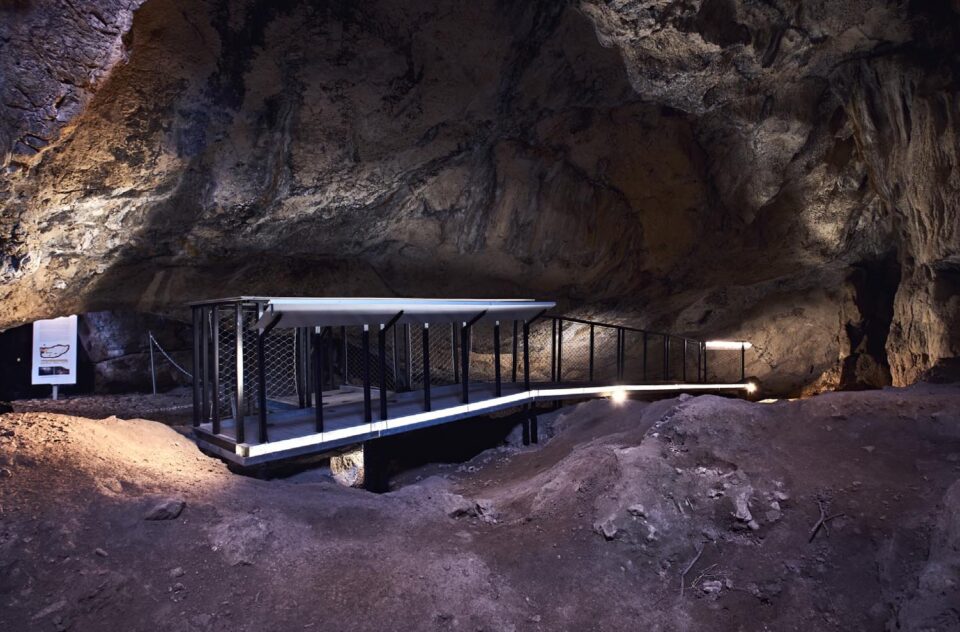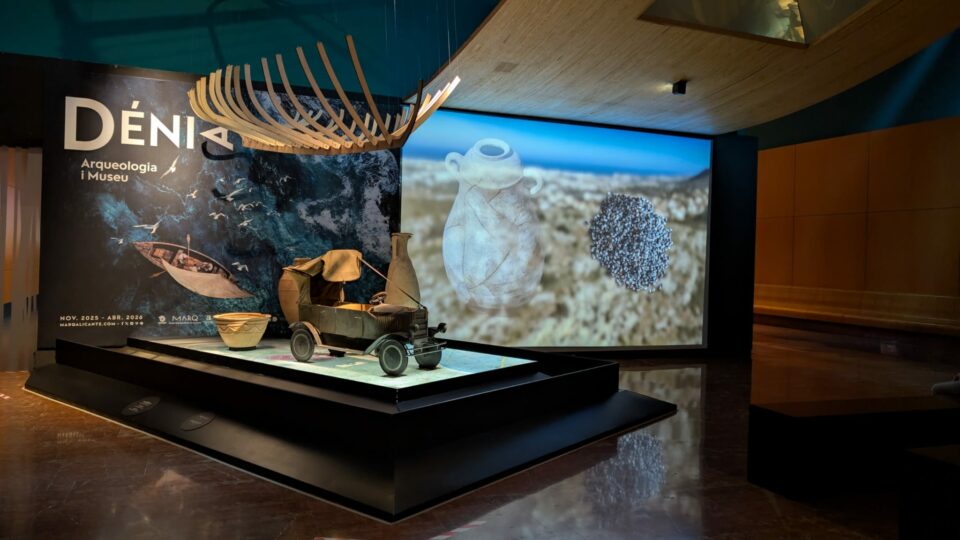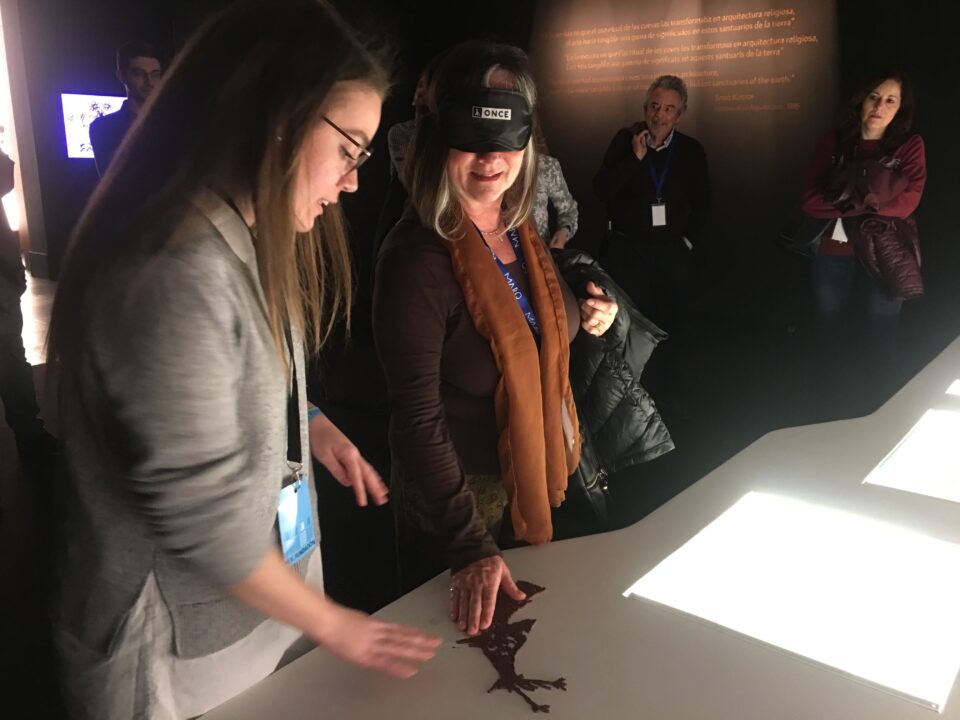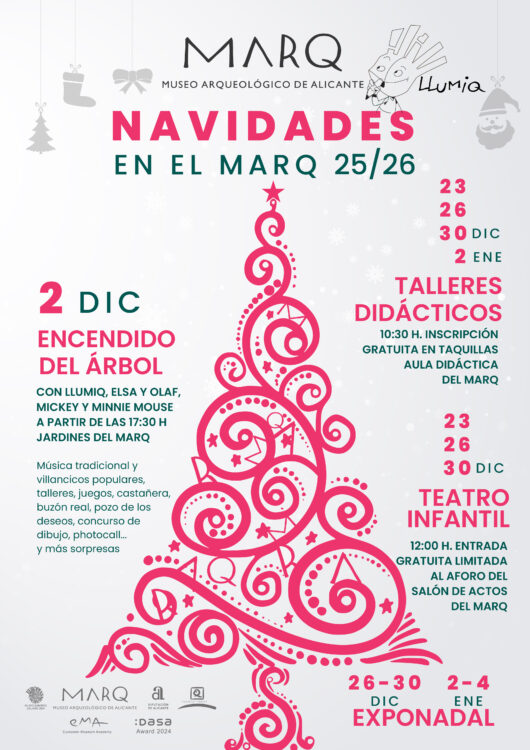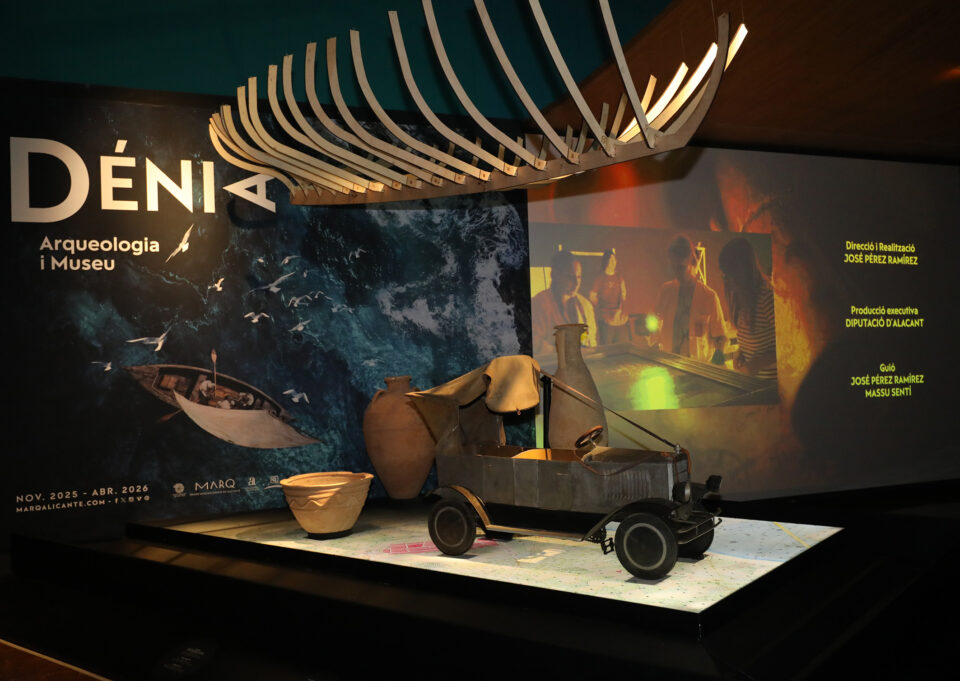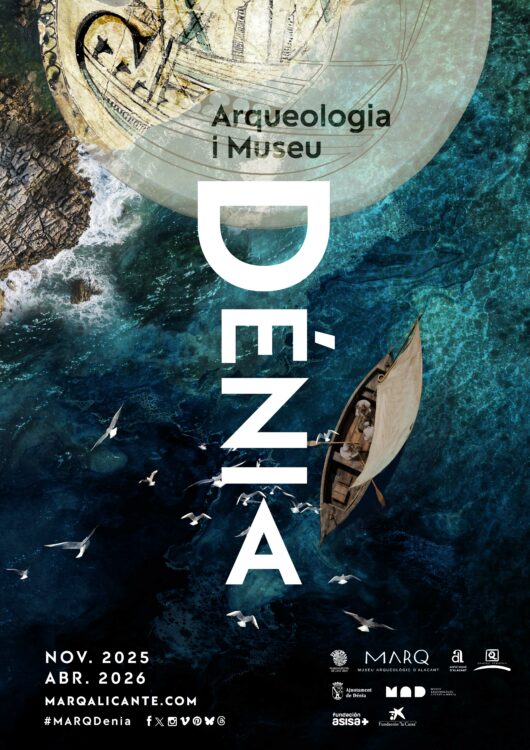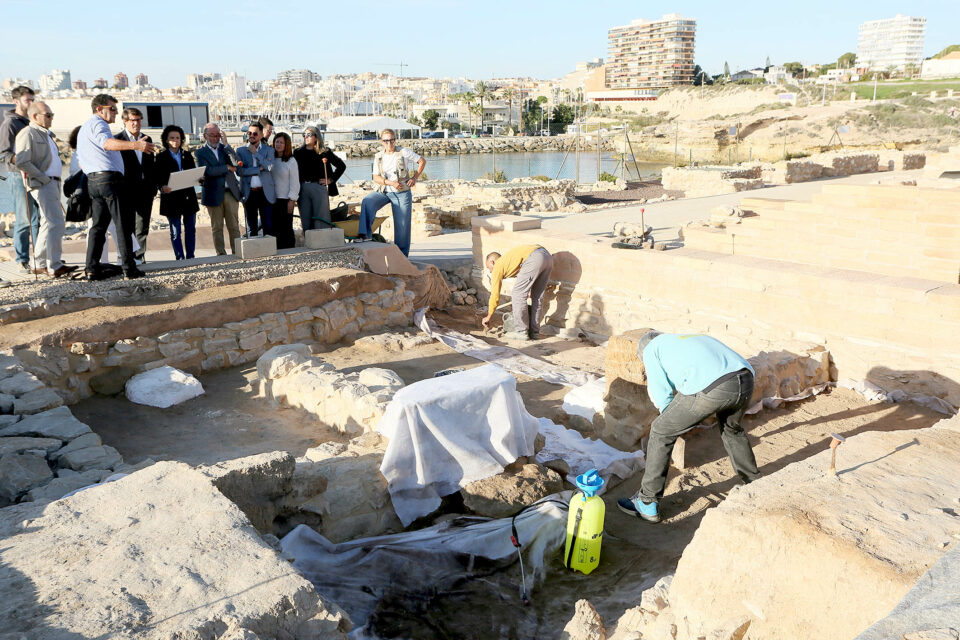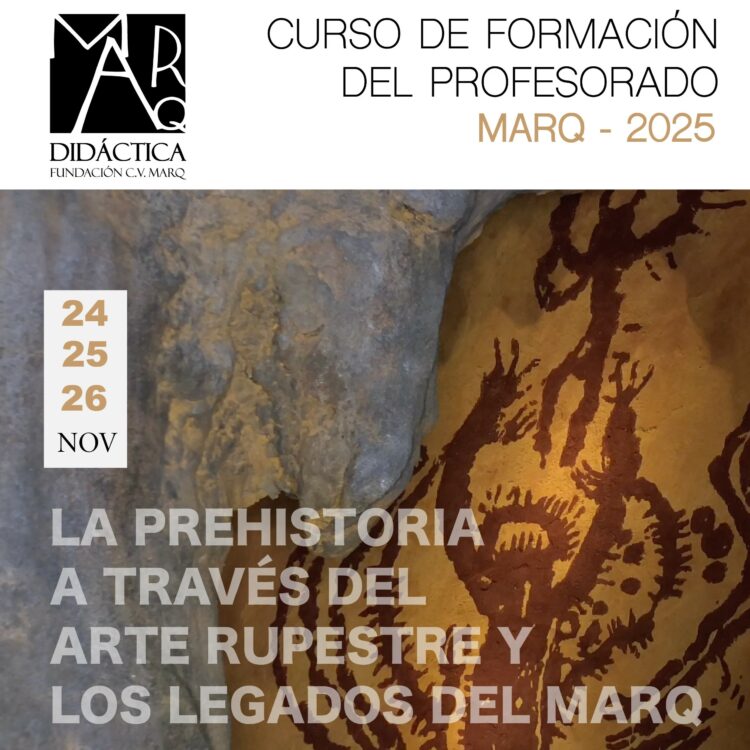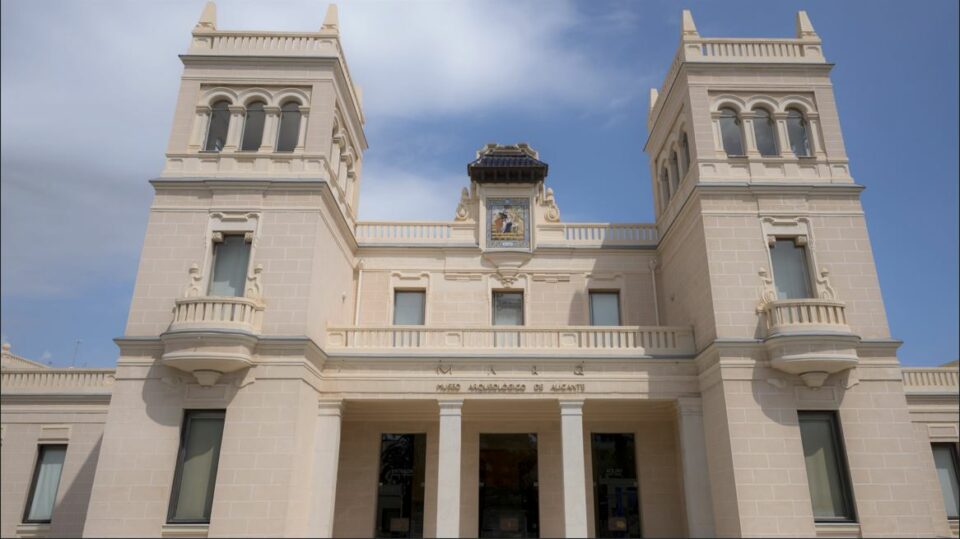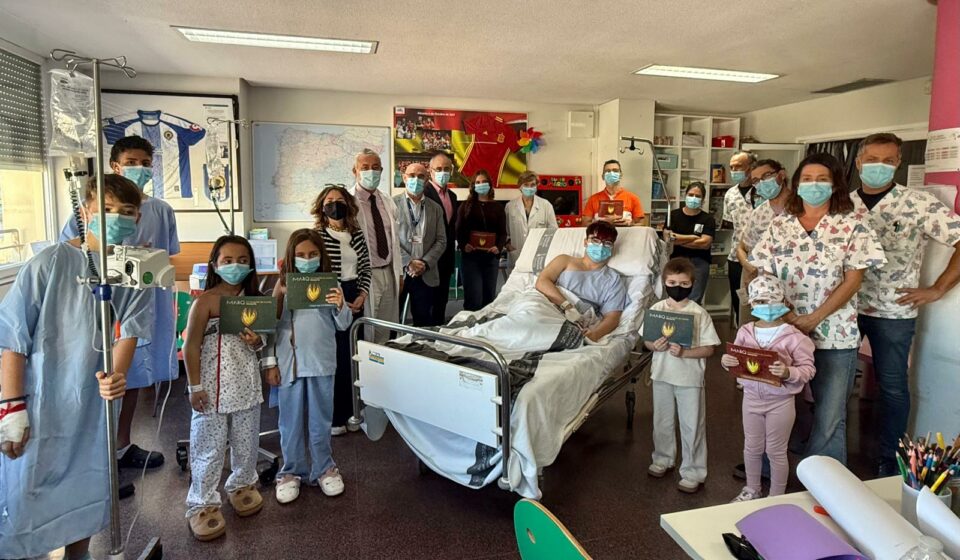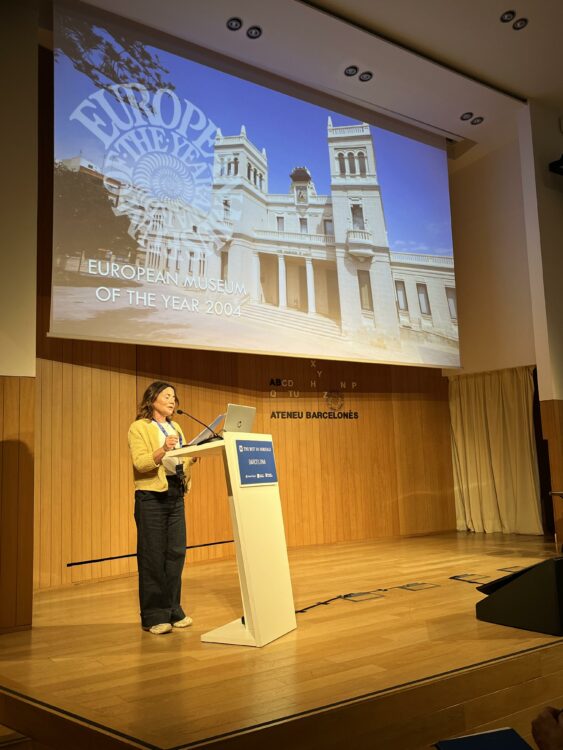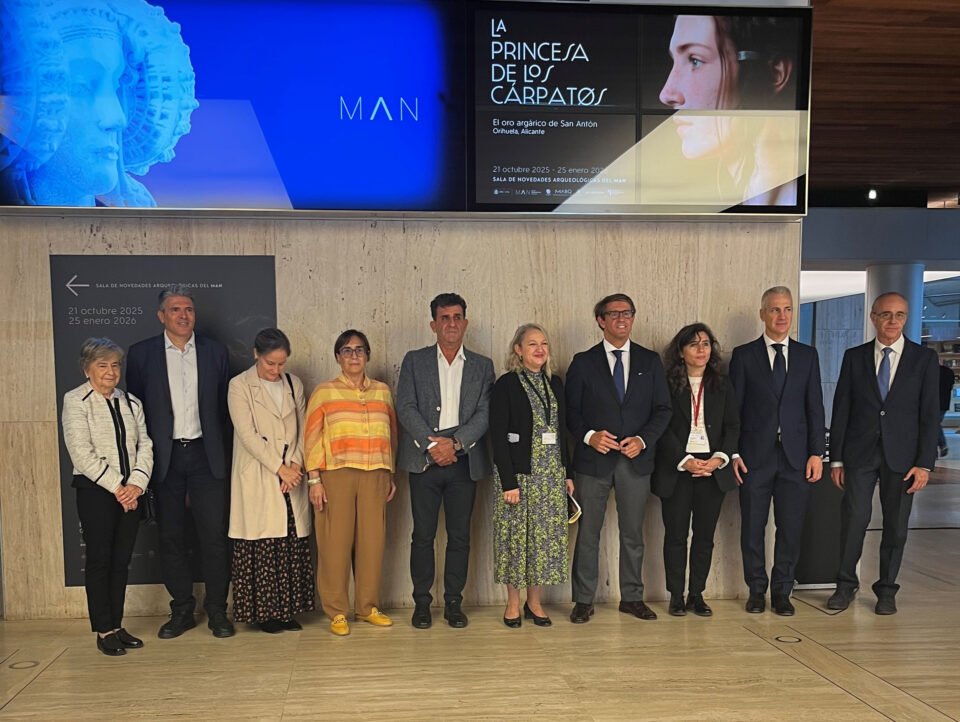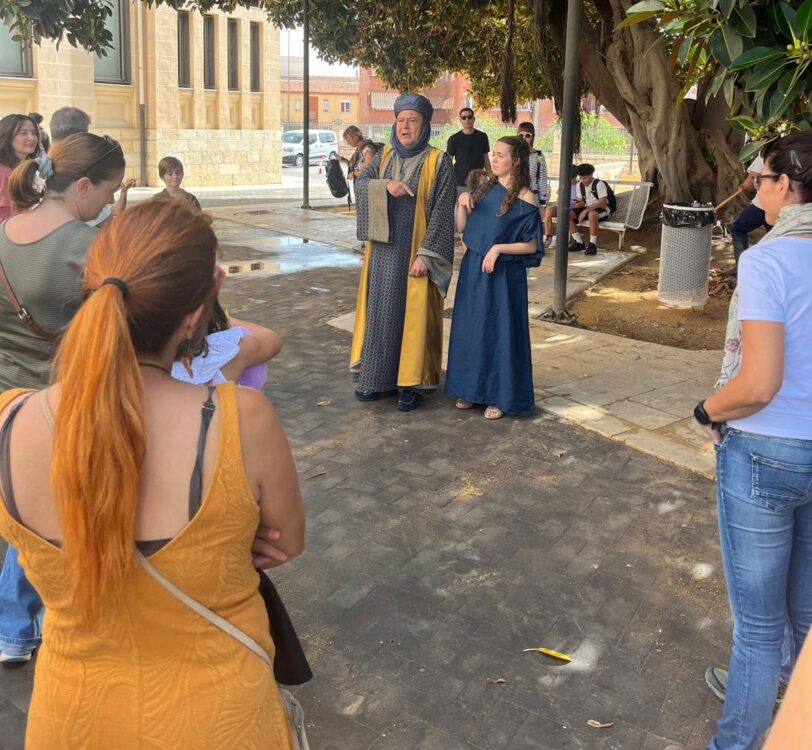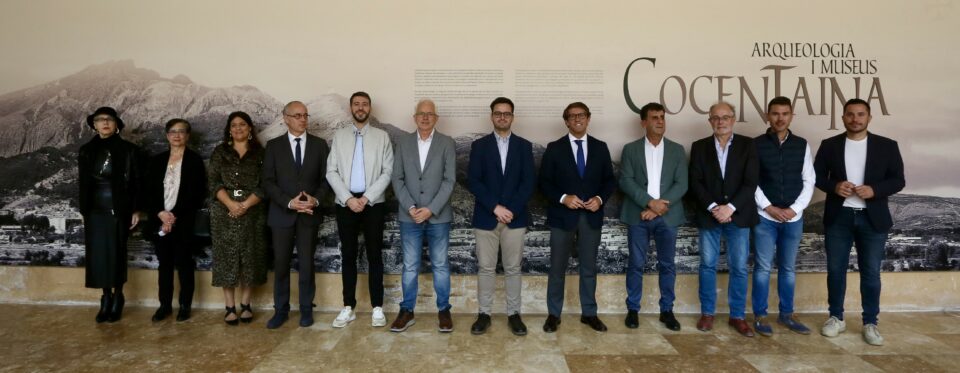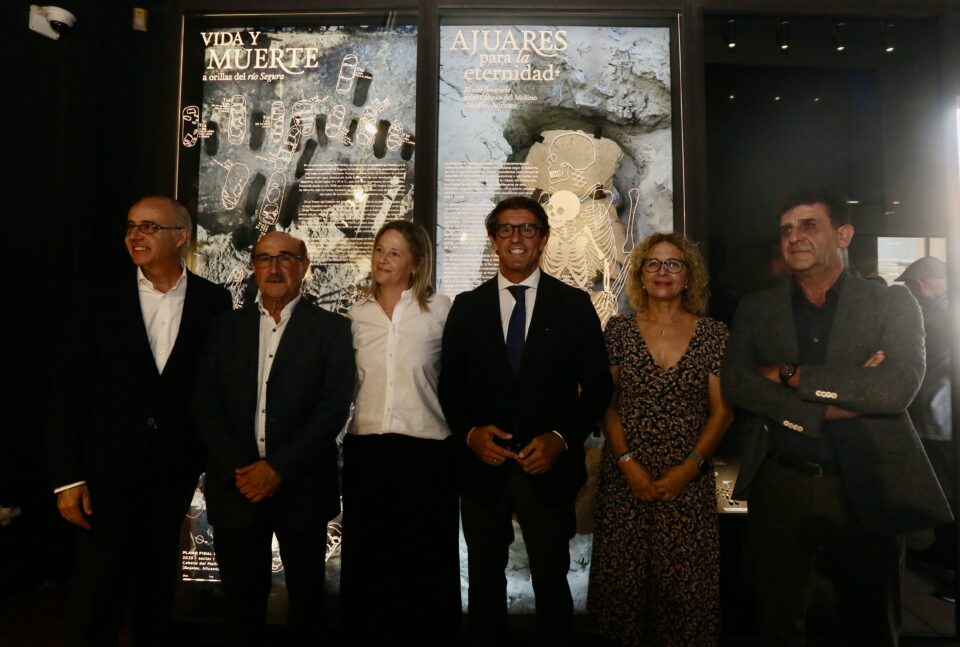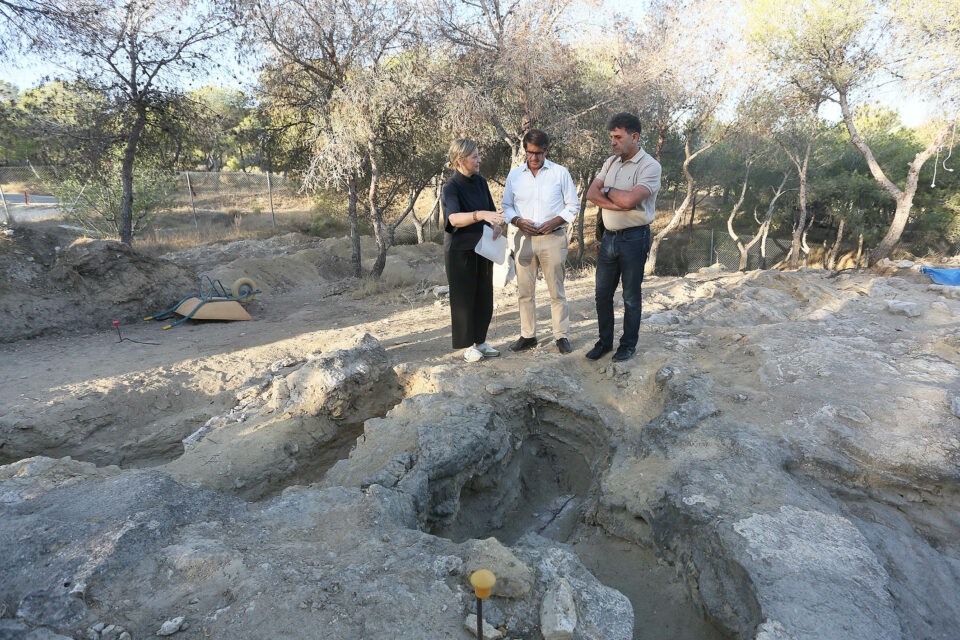NOTICIAS DEL MARQ
Toda la actualidad, toda la historia del Museo Arqueológico
La institución ofrece en esta página todas las publicaciones relevantes que suceden
y han acontencido alrededor del entorno Marq.
10 diciembre, 2025
10 diciembre, 2025
Categories
El yacimiento museo de sitio de la Cova de l´Or y su Centro de […]
4 diciembre, 2025
4 diciembre, 2025
Categories
El presidente de la Diputación de Alicante, Toni Pérez, recogió anoche el ‘Premio Maisonnave’ que […]
3 diciembre, 2025
3 diciembre, 2025
Categories
La Torre almohade de Almudaina, los yacimientos de La Illeta en El Campello,y Lucentum en […]
3 diciembre, 2025
3 diciembre, 2025
Categories
La Fundación CV MARQ organiza, un año más, una semana de actividades con las que […]
1 diciembre, 2025
1 diciembre, 2025
Categories
El encendido del árbol en el MARQ abrirá mañana el calendario navideño de la Diputación […]
14 noviembre, 2025
14 noviembre, 2025
Categories
La exposición cuenta con la colaboración de entidades como los museos Catedralicio, el de […]
14 noviembre, 2025
14 noviembre, 2025
Categories
La Fundación CV MARQ ha organizado para los días 14, 15 y 16 de noviembre, […]
12 noviembre, 2025
12 noviembre, 2025
Categories
Los diputados de Arquitectura y Cultura, Carmen Sellés y Juan de Dios Navarro, han recorrido […]
10 noviembre, 2025
10 noviembre, 2025
Categories
El Salón de Actos del MARQ acogerá los días 24, 25 y 26 de noviembre […]
5 noviembre, 2025
5 noviembre, 2025
Categories
La Generalitat Valenciana destina 175.000 euros a esta colaboración. El Consell ha aprobado el convenio […]
5 noviembre, 2025
5 noviembre, 2025
Categories
El congreso ha visibilizado el papel determinante del vino en Alicante, reivindicando su lugar […]
28 octubre, 2025
28 octubre, 2025
Categories
El cuento elaborado el curso anterior sobre la exposición ‘Ciudades de Luz. Ákra Leuké. Lucentum. […]
24 octubre, 2025
24 octubre, 2025
Categories
Gema Sala, coordinadora de la Unidad de Didáctica de la Fundación CV MARQ, ha […]
22 octubre, 2025
22 octubre, 2025
Categories
La Fundación CV MARQ presentará sus proyectos de didáctica en el vigésimo cuarto encuentro de […]
20 octubre, 2025
20 octubre, 2025
Categories
La muestra, inaugurada en Madrid por el diputado de Cultura, la subsecretaria del Ministerio de […]
15 octubre, 2025
15 octubre, 2025
Categories
Las dos jornadas de puertas abiertas organizadas por la Fundación CV MARQ los días 9 […]
13 octubre, 2025
13 octubre, 2025
Categories
La propuesta coincide con el 720 aniversario de la muerte del noble, que […]
6 octubre, 2025
6 octubre, 2025
Categories
El diputado de Cultura inaugura la exposición ‘Ajuares para la eternidad’, que ya se puede […]
6 octubre, 2025
6 octubre, 2025
Categories
El museo ofrecerá visitas guiadas y animadas, así como cuentacuentos y talleres para los más […]
22 septiembre, 2025
22 septiembre, 2025
Categories
El hallazgo, de gran relevancia para el mundo científico, forma parte del conjunto considerado como […]

